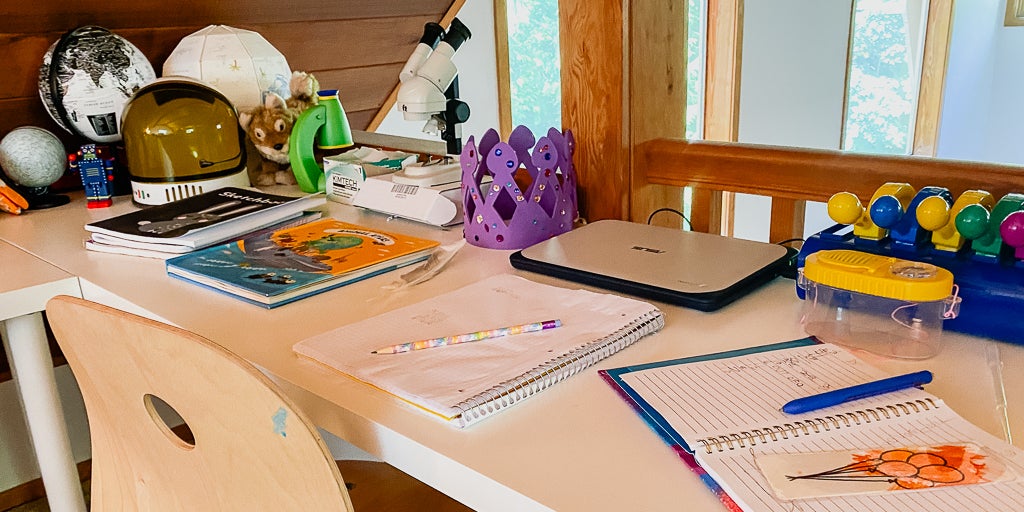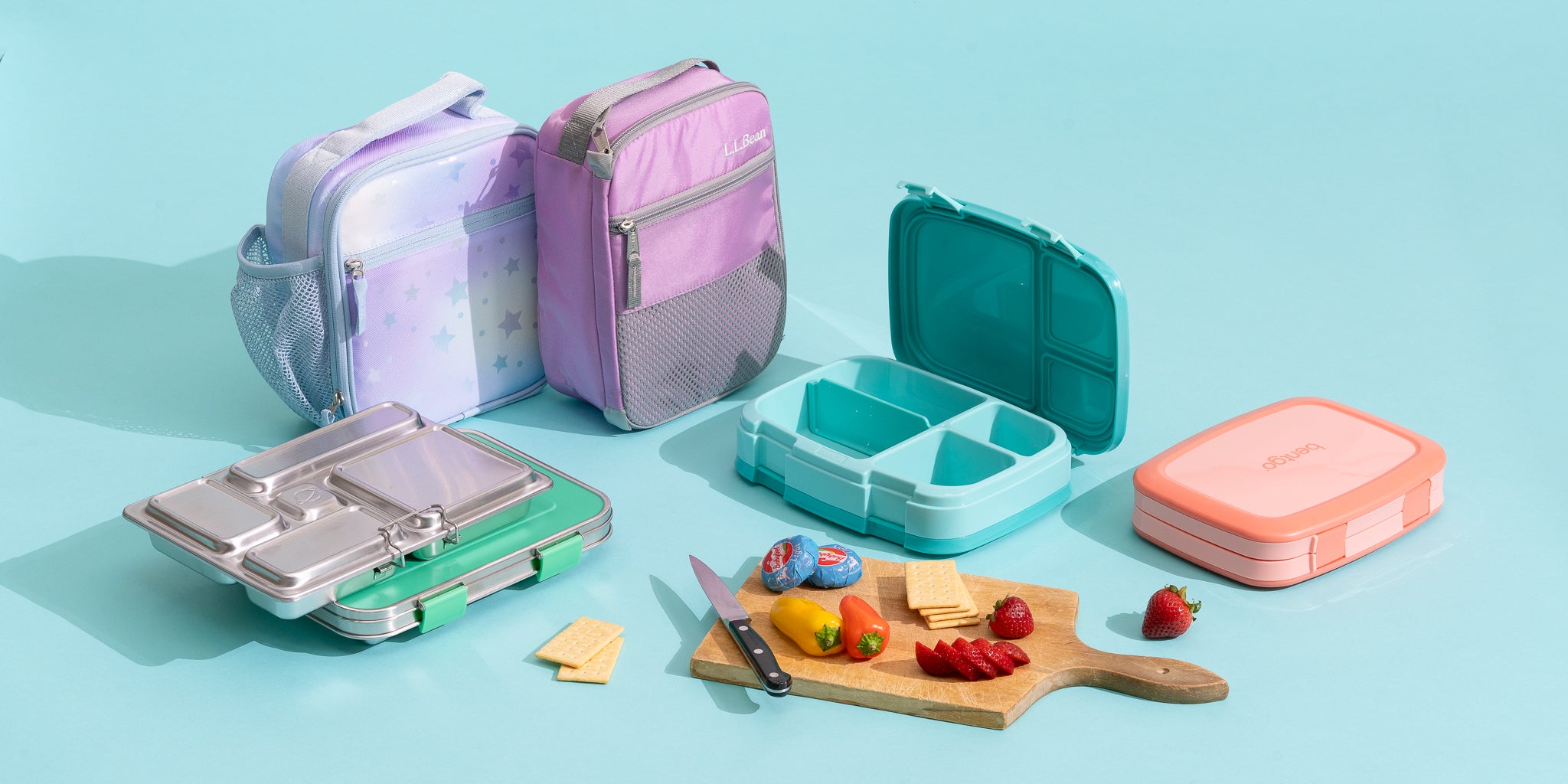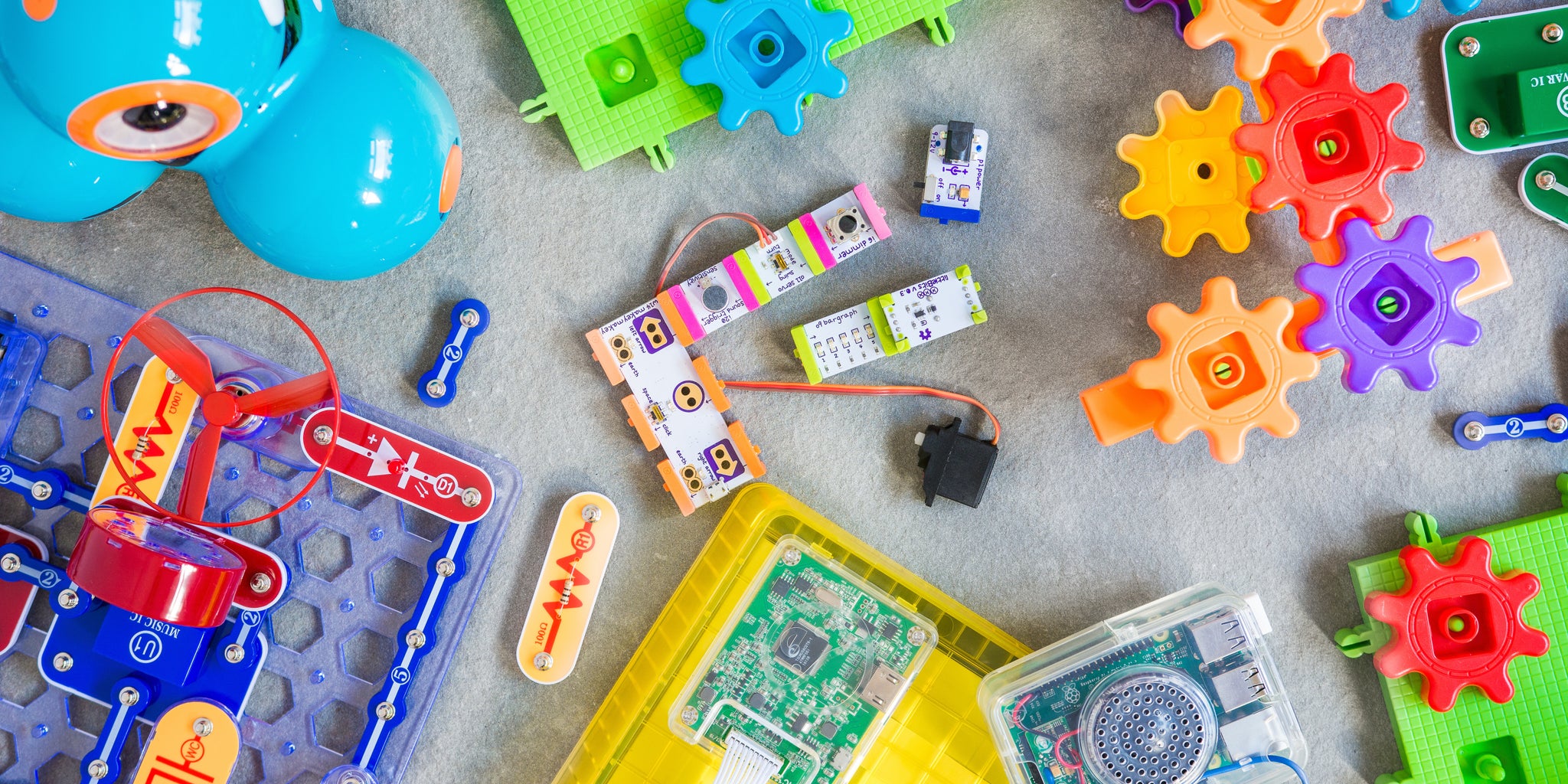Covid-19 has been a pandemic of numbers. Greater than 2 million situations, 10s of countless fatalities, weeks of quarantine, scores of countries, all tallied. Yet one of the most astonishing figures is the number of youngsters worldwide who’ve been forced out of school. Regarding 90 percent of the planet’s kids and young people who are enlisted in school– an estimated 1.5 billion– were grounded in the house by late March, according to one UNESCO estimate.
Schools worldwide are dealing with something most had never gotten ready for: an overall conversion to remote understanding. Our school area, in Portland, Maine, has shuttered until at the very least Might. Many various other districts have currently thrown in the towel on conventional schooling until a minimum of September. It has actually been a difficult change. At first, we got paper handouts and a scattering of on-line tasks. However eventually, our institution and countless others have consolidated around a product called Google Classroom.
What is Google Classroom? “Classroom is a thin layer that rests on top of all the various other tools that enables tasks to be dispersed daily, and teachers to give personal feedback,” states Zach Yeskel, Google’s product manager for Google Class. The concept is for Google Class (offered as an application for phones and tablets, in addition to a web application for Chrome) to function as a main hub for every little thing a trainee does electronically. If educators designate reading understanding jobs with a Q&A format, for example, they have to produce a Google doc for students just one time; each student gets their very own copy, total with an added “Kip down” switch, where non-Classroom users see the “Share” command.
It appears wonderful theoretically. But our first week as parents utilizing Google Classroom wasn’t very easy. Among our children is in 3rd grade, and at an early stage, his instructor let us understand that this– like almost everything every person has experienced in recent weeks– was undiscovered region. “The instructors are still learning this too,” she created, “and it’s an obstacle. We’re all figuring it out. I hope it’s enjoyable for a few of you.”
There have actually indeed been moments– particularly when contact-starved kids encounter their pals in a team video chat, or small talk back and forth in comment threads seemingly concerning a details assignment– that have been enjoyable, even joyous. Yet mostly it has been an adaptation– a task that entails knowing, sharing, and acceptance.
I talked with several educators and moms and dads, along with Google’s Class group, and collected several pointers on making the platform job as you shift to remote learning throughout the coronavirus quarantine. Of course, not every college utilizes Google Class There are comparable products being utilized for comparable objectives, and several of these suggestions typically apply to those as well (if you ‘d like separate information on those items, let us know in the remarks). These are basic tips, and they certainly will not be right for all trainees in all scenarios. We recognize that these times can be particularly testing for different individuals– particularly if a youngster has unique demands, doesn’t have accessibility to modern technology, or has a language obstacle to deal with. We have actually tried to use some help for those situations, as well.
Tips to help youngsters with Google Classroom.
1. Usage several devices.
Our son makes use of Google Classroom on a Chromebook (right here’s our guide to the very best ones), via an assigned in-school username and password. My other half and I have actually also loaded Class onto our own phones and added his login. That allows us to promptly terminate up Class, see which tasks are due, and handle the day’s workflow without interrupting the learning that’s occurring on the main display.
2. Keep things straightforward.
In our school system, educators have actually been really open up to aid and tips. Attempt to kindly encourage teachers– the majority of whom are also finding out the system– to maintain points easy. “I advise that instructors develop a weekly checklist and maintain it simple. Simplicity is mosting likely to save your sanity,” says Kasey Bell, an educator and Google Classroom licensed instructor who runs the Shock Knowing web site. (Bell has some valuable downloadable Google Classroom tips; enrollment required). What does straightforward mean? In our very first three weeks making use of Google Classroom, several instructors published several projects– it was a frustrating flood. By week 3, a single teacher was taking care of the air-traffic control, making it much easier for us to see what was being asked for.
3. Print it out.
We recommend paperless offices, today may be the moment to burst out– or perhaps to acquire– a printer or all-in-one tool. Some assignments are easier to deal with when printouts are available, even if there’s an associated Google doc. We also like to publish out an everyday package of schoolwork onto three-holed paper; every night, we arrange it right into a binder, and we have actually obtained a map of what the following day will appear like. It’s a lot more direct than leaping from home window to home window, app to application. When we’ve got something that requires to be turned in electronically, we either ask our kid to retype it (here is just one of lots of complimentary how-to-type expansions for Chrome), or we check it and send it through Class’s built-in Google Drive.
4. Capitalize on translation.
In our college district, 35 percent of pupils are from immigrant families, and many parents do not talk English. Google Class is available in 48 various languages. Also if the kids in a family speak English, parents will certainly be much better able to assist their youngsters if they can see directions and the majority of message in a native language. (Translation is various than changing the base language. Google Translate, offered by a Google extension, will certainly allow right-click interpreter services on English-language message entries, such as those enter by teachers or classmates.).
5. Assist everybody get set up.
Some families have actually been incapable to find out how to establish Google Class or the various other devices they’re instantly being asked to utilize. There’s an option. The Chrome internet browser, which is the basis for almost all Google items, has a native distance-control setting, called Chrome Remote Desktop computer. Once it’s established, you can conveniently control a next-door neighbor’s or schoolmate’s maker. But preliminary arrangement is called for. Some college IT experts are doing this for kids who require it. However you can additionally go the antique course: Publish out the instructions and drop them into a next-door neighbor’s physical mailbox.
6. Designate a guardian.
It can be practical to have somebody else watch on your kid’s assignments. Google Class has actually a function called Guardian, which enables moms and dads or educators to appoint a non-parent companion to keep an eye on a child’s everyday job lots. This can be valuable if you’re a moms and dad who might not have the moment or innovation to deal with the workload alone; it can additionally be made use of to employ a grandparent or friend to make sure that parents can obtain a break.
7. Use your phone, if that’s all you have.
Google Classroom functions best on a laptop computer or equipment with a full-size keyboard– especially for kids that have writing jobs. Yet it additionally does surprisingly well on phones and tablet computers. “We understand that great deals of families may just have a phone,” says Google’s Yeskel, “and we’ve attempted to make the mobile variations [offered for both Android and iphone] attribute total.”.
8. Go offline.
Google Class can be used offline. This can be handy for trainees that reside in areas where transmission capacity is restricted; jobs can be finished without a link, then posted the next time a gadget can access the Internet.
9. Absorb the views.
Google Classroom has a number of navigating tools. We’re most rapt of the “future” widget, which sits on the left side of the page; it provides a fast recap of assignments that are due soon. Other views– consisting of a to-do view and a classwork view– allow tasks to be sorted by due day, production date, and topic. A crucial view for youngsters is the student stream, which shows whatever that’s been appointed in a linear table. Finished work is significant, and job to be done is clearly highlighted.
10. Be open to video.
This set is debatable, because some parents– and this is understandable– do not want their kids or homes to be transmitted or tape-recorded. Although that’s a personal decision, and most college areas that are utilizing video clip in the COVID-19 age allow pulling out, I can inform you that the best part of my boy’s brand-new world is when he reaches see his buddies and educator onscreen. It’s an emotional check-in that’s truly needed for kids who all of a sudden discover themselves with no one to communicate with apart from their now all-too-familiar parents and siblings. We likewise like Classroom’s remark strings: Third-graders can get rather wild and off-topic, yet this is what youngsters have for communicating with each other today (older kids are possibly able to utilize their phones and messaging solutions for this).
11. However think about privacy.
Usually, digital tools that children utilize are called for to be careful about what data they collect. However your kid or school may be making use of “adult” tools, also, such as Google Maps, Hangouts, or YouTube. This has actually sufficed of an issue that some states and individuals have actually taken legal action against Google over the means it utilizes pupil data. Our advice– as constantly– is to thoroughly check what your youngsters are doing, and utilize parental controls as ideal you can. A lot of schools have actually made it clear that they want to approve work on printouts, in addition to online. It may be helpful to have a talk with your college’s IT pros regarding how they intend to safeguard kids that are functioning from another location.
12. Keep your assumptions in order.
In a world of helicopter parenting and high-achievement pupils– in addition to substantial voids in which resources various pupils have access to– the secret is to bear in mind that “this is survival mode,” says Bell. “We’re not going to get the excellent cutting-edge knowing that we preach about everyday. If we can simply complete a little, simply relocate the needle, we can count ourselves fortunate, because much larger issues are going on.”.




